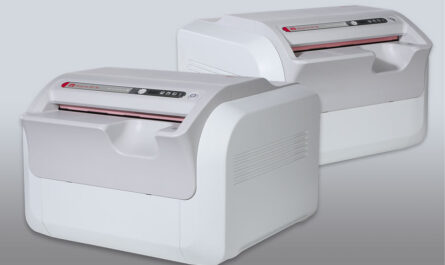Battery Materials Market is Estimated to Witness High Growth Owing to Advancements in Battery Technology
The battery materials market has gained immense popularity over the recent years. Battery materials such as lithium, cobalt, nickel, and manganese play a crucial role in the manufacturing of various cathode and anode materials required for lithium-ion batteries. Lithium-ion batteries have emerged as a key enabler of the ongoing electrification trends across diverse applications ranging from consumer electronics to electric vehicles. Manufacturers are continuously focusing on developing advanced lithium-ion batteries with higher energy density, improved safety, longer lifespan, and lower costs to increase the adoption of EVs and energy storage solutions.
The Global battery materials market is estimated to be valued at US$ 50.6 Bn in 2024 and is expected to exhibit a CAGR of 6.0% over the forecast period 2023 to 2030.
Key Takeaways
Key players operating in the battery materials market include Albemarle, China Molybdenum Co. Ltd., Gan feng Lithium Co., Ltd., Glencore PLC, Livent Corporation, Norlisk Nickel, Sheritt International Corporation, SQM S.A., Targray Technology International Inc., Teck Resources, Tianqi Lithium, and Vale S.A. These players are focusing on capacity expansion plans and long-term off-take agreements with cell and battery manufacturers to gain higher market shares.
The growing adoption of EVs across the globe presents lucrative opportunities for battery materials manufacturers. Governments of various countries are offering subsidies and tax rebates to consumers opting for electric vehicles. This is positively impacting the sales of EVs, thereby driving the demand for high-performance lithium-ion batteries.
Rising investments by automakers as well as battery manufacturers in developing next-generation batteries with silicon and solid-state electrolytes will further boost the battery materials market. These advanced batteries are likely to offer higher energy density and improved safety aspects.
Market drivers
Stringent emission regulations: Governments across regions have implemented stringent vehicle emission standards to curb air pollution and transition towards clean energy. This is prompting automakers to aggressively expand their electric mobility portfolio.
Rising sales of consumer electronics: Surging demand for smartphones, laptops, smart wearables and other portable devices is a key volume driver for the battery materials industry. Recurring replacements and upgrades of existing devices also contribute to market revenues.
Increasing focus on renewable energy storage: Large-scale adoption of solar and wind farms is propelling the deployment of lithium-ion battery storage systems. Battery materials find extensive usage in these energy storage solutions to overcome the intermittent nature of renewable sources.
Current Challenges in Battery Materials Market
The battery materials market is facing various challenges such as demand-supply imbalance, price volatility of raw materials, uncertain government policies and regulations, and environmental issues related to mining and production activities. Sustainability has become a major concern due to heavy reliance on mining activities for raw materials. Rising raw material costs also put pressure on battery materials prices. With growing adoption of electric vehicles globally, reliable and affordable supply of critical battery materials remains a major test for this industry.
SWOT Analysis
Strength: Growing demand for lithium-ion batteries from electric mobility and energy storage sectors create huge market potential.
Weakness: Dependency on limited number of countries for raw material supply; price volatility of key raw materials.
Opportunity: Rising focus on sustainability offers scope for secondary raw material utilization and recycling.
Threats: Stringent environmental norms can increase compliance costs; geo-political issues affect certain key raw material supply chains.
Geographical Regions
China dominates the global battery materials production with over 50% market share by value, led by availability of raw materials and large consumer base. Other major regions include United States, South Korea, Japan and European countries. The Asia Pacific region excluding Japan and China also presents significant growth opportunities due to local battery manufacturing capacities coming online in countries like India.
Fastest Growing Regions
The battery materials market in South Asia Pacific region, led by countries like India, Indonesia, Philippines and Malaysia is witnessing the fastest value growth above 15% CAGR during the forecast period. This is attributed to growing local cell and battery production facilities, favorable government policies promoting electric mobility and energy storage sector.



